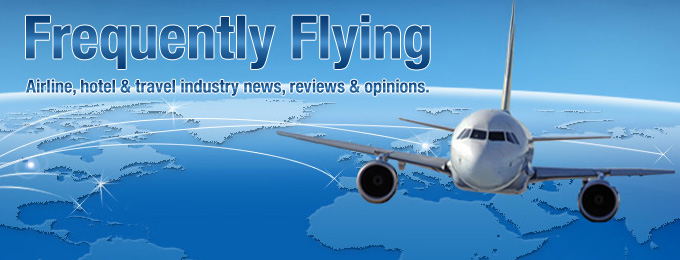Seattle-Tacoma International Airport is about to begin a major realignment that will purportedly cost the airport and airlines upwards of $100 million during the next two-years. It will basically uproot and relocate every carrier’s current terminal lobby locations and gate areas.
The dynamic nature of the airline industry, with new entrants, consolidations and defunct carriers, along with the rise and fall of demand among those carriers that service SEA has necessitated this rather significant project. Twenty years ago United Airlines was the dominant carrier at the airport, but due to their reduction of service and the expansion by Alaska Airlines, its subsidiaries and contract carriers, Alaska now carries 51 percent of the market share.

Image courtesy: Port of Seattle/Sea-Tac Airport
As such, United no longer needs its exclusive presence of the North Satellite terminal and now many Alaska flights lease United’s unwanted N-gates. Alaska also currently operates gates in the C and D concourses. Their desire is to move nearly their entire operation to the more spacious North Terminal while retaining needed space on the C concourse.
As United merges with Continental Airlines, the combined carrier will move to the A concourse as Continental vacates its current location on the B concourse. Also, the AirTran and Southwest Airlines merger will see them relocate from the A concourse to saddle up next to Southwest’s current location on the B concourse.
It’s a dizzying array of shifting around and will obviously have to be well choreographed. Here are the tentative plans:
- AirTran’s move from A to B has already been completed, and they’ve co-located with Southwest already in the ticketing lobby.
- Mid-2013: American Airlines and JetBlue will move from A to D and Frontier will move from A to B.
- Late-2013: Both Hawaiian and Virgin America move from A to B, opening up the A concourse for the big move of United-Continental.
- Once United has fully vacated the North Satellite, Alaska is planning to remodel the space along with the portion they’re keeping on the A concourse.
For international flights operating out of SEA, the South Satellite is nearly to capacity and the airport’s director of operations, Mike Ehl, said “the airport can handle perhaps two more foreign flights at the South Satellite before it has to consider changing the international operations.â€
The article I sourced this material from linked above and again here then brought to light the efficiencies of common-use ticketing areas and gates. In September I listened in to a webinar hosted by Air Transport World discussing the significant advantages of having such a layout, possibly even airport-wide. Santa Ana Airport (SNA) aka John Wayne Orange County Airport has implemented a nearly perfect version of this “Airport of the Future.â€

Image couresy ATW & IATA
Basically, as our mobile technology and that at the airlines and airports advance, the check-in experience at any airport could eventually turn the question of “Where’s my airline check-in terminal or desk?†to “Where is the nearest kiosk?†Common-use kiosks are already found at many airports allowing check-in with a variety of airlines and more and more gate areas can be used by a variety of airlines. The future will also bring the wide-scale ability to self-bag-tag our bags and drop them off at designated locations. Roaming airline-specific agents would still of course be necessary, but I know as our technology improves, the constraints airports like Sea-Tac are facing today will be diminished.
I see some of the “smaller†airports like SEA and SNA, and even larger ones such as Orlando (MCO) being ideal given their layouts for being among the first candidates for this “Airport of the Future†redesign. Others, such as Chicago O’Hare and Los Angeles International are far more Terminal driven with uniquely separate areas that would be more challenging to evolve into such a layout.
Until the future is here, though, airports like Sea-Tac and the airlines within will continually need to oversee multi-million dollar relocation projects.


Catching up on some reading this afternoon. Good post.
A couple of questions: 1) Where’d you get that map? IIRC C and D gates should be reversed on that map. 2) How are you defining ‘small’ airport? SEA is only 1 million boardings less than MCO and SNA has 1/3 the boardings that SEA has. Maybe I misunderstood.
Hi KCS,
Thanks. That map came directly from the Port of Seattle. Oops on them! As far as what I meant by smaller is how you drive up to one central terminal for all airlines (SNA, SEA) vs. the multi building airports like ORD and LAX.